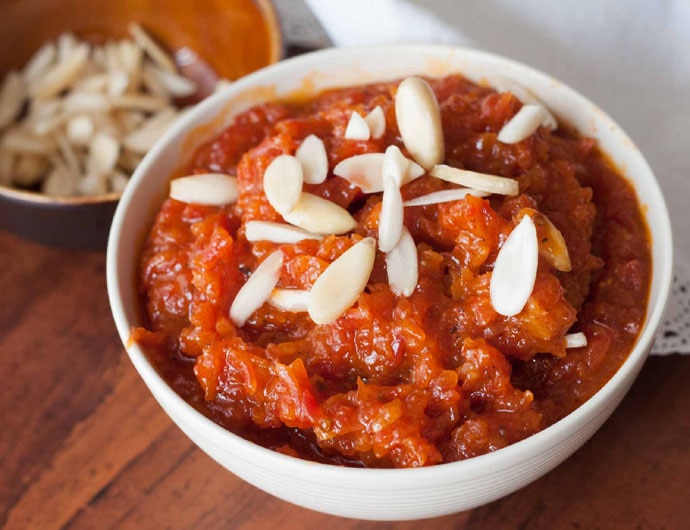Winter is here: Five food reasons to celebrate the season!

What is winter if not spent stretched out in the sun, stuffing your face with gajar ka halwa?
Among the very few things William Shakespeare got wrong was the alleged unkindness of winter winds. Winter is not unkind. Winter is when food lovers of the world unite. This is the season when you can gorge on all you want, the low temperatures ensuring you don’t fall sick, and the layers of clothing hiding all the weight you put on.
Although deep-freezing and super-marts have now ensured most food materials are available to us all year round, winter still comes with some special delicacies.
Dishes you cannot savour any other time.
Here are five dishes from different parts of India that herald the coming of winter far more accurately than Game of Thrones.
Gajar ka Halwa
What is winter if not spent stretched out in the sun, stuffing your face with gajar ka halwa? Gajar ka halwa is not food — it’s a fairy tale. It tells us that even gajar can become divine and desirable, if mixed with the right ingredients.

For millennials living away from home, the smell of gajar ka halwa means winter vacations and a loving nani-dadi. Of course, there are lazier and healthier ways of making the halwa. Those who can’t be bothered to grate carrots pressure-cook them. The diet-conscious eat variants with less ghee and sugar. But for those who value authenticity — and don’t much value their health — nothing less than patiently-grated carrots, immersed in ghee, full-cream milk, and lots and lots of sugar, will do.
The road to rich death has to be paved with dry fruits.
Harissa
Those who haven’t tried this Kashmiri dish, please do so. Now.
Harissa is a lamb preparation, cooked with mild spices, and generally eaten for breakfast in winters. In Srinagar’s old markets, it often disappears by 9:30 am. If a dish is worth queuing up for in chilly Kashmir mornings, it has to be something special.

The traditional way of cooking harissa takes more than 12 hours — the meat has to be simmered for hours, the fat removed, the flesh cut just so. This is just the preparation, the actual cooking starts after this.
Although it takes patience, art and craft to make harissa right, the effort is truly worth it.
Makke di roti and sarson da saag
Thanks to Bollywood, all things Punjabi have become part of popular culture in India. However, the restaurant version of makke di roti and sarson da saag you get all year round just cannot hold a candle to the traditional dish made in winters, when the maize and saag are both fresh.

The maize flour, the spinach with mustard and garlic, and the dollops and dollops of butter all come together to form a heavenly combination of flavours.
If for no other reason, befriend a Punjabi only to try the homemade version of this dish.
Daulat ki Chaat
No mention of winter dishes can be complete without this under-popular but not underrated deliciousness. Wispy, whimsy, this dish is part-floating cloud, part-dream come true.

Legend has it that the dish — basically just milk churned and whisked to perfection — can only be made on full-moon winter nights. Only part of that is imagination. Traditionally, the milk indeed would be left outdoors overnight, because the dew helped with the aeration. In the morning, it would then be churned to the point of light frothiness, which melts in the mouth but stays in the heart.
The various names of the dish, in different parts of UP, are Malayo, Malai Makhan, and Nimish. Variations can include the addition of rose water, saffron, or dry fruits.
What stays the same is its awesomeness.
Nolen Gur
This delight, popular in Bengal, is ambrosia and nectar together. Nolen gur is melted date palm jaggery, and the creative folks in Bengal have come up with multiple ways to make use of all its goodness.

Thus, we have nolen gurer rosogollah, peethe (mixed with coconut and stuffed into flour dumplings), payes (kheer), paati-sapta (sweet rolls), sondesh, you name it. To non-Bengali tongues, the dishes might be difficult to pronounce, but are heavenly to taste.
Just like Christopher Nolan, nolen gur makes all things better.

